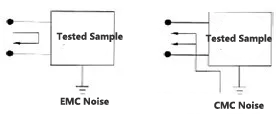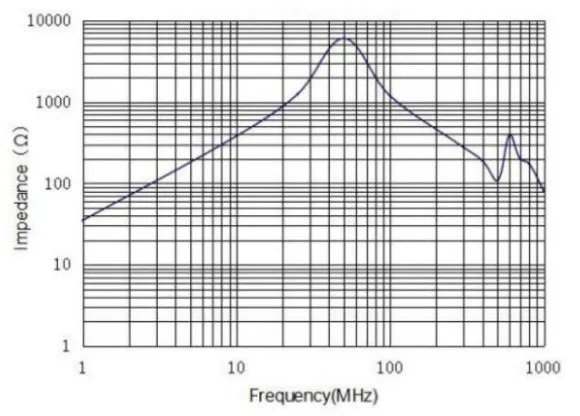
Talk About CMC and EMC
In switching power supplies, there are two common types of noise: common mode noise and differential mode noise. The noise with the same path as the input signal is called differential mode noise, while the noise from ground to output with the same phase is called common mode noise.

Common mode inductance can suppress common mode noise and improve signal quality through filtering.
As for power lines, common mode inductors are commonly used to suppress common mode noise and improve electromagnetic compatibility performance;
For signal lines, common mode inductors not only suppress common mode noise, but also have the function of current compensation and reducing input noise at the receiving end.
In practical design, the relationship between common mode impedance and frequency should be considered. Different frequencies have different impedances. Generally speaking, the larger the common mode impedance, the better.

The common mode impedance in a common mode inductor is often composed of three parts: inductance, resistance, and capacitance.
At low frequencies, impedance exhibits inductive impedance characteristics. As the frequency increases, the effective magnetic permeability decreases, the inductance decreases, and the capacitance increases. At this point, a total impedance is generated by the interaction of inductance, capacitance, and resistance. Under the combined influence of the three factors, impedance can easily reach its maximum value.
At high frequencies, impedance mainly depends on capacitance and is often related to the distributed capacitance CK of the winding. However, the relationship between inductance, resistance, and capacitance is not constant. In the design of a common mode inductor with dual winding, the distance between the two windings decreases, the capacitance decreases, and the entire impedance curve also changes.

In terms of magnetic core materials, common mode inductors are mainly composed of manganese zinc high conductivity and nickel zinc ferrite.
The initial magnetic permeability of nickel zinc magnetic core is low, but it can still maintain a basically unchanged initial magnetic permeability at high frequencies (greater than 100MHz).
Manganese zinc magnetic cores have a high initial magnetic permeability, but when the frequency is high, the magnetic permeability will seriously decay.
Therefore, at low frequencies, the initial magnetic permeability of nickel zinc magnetic cores is low, resulting in low inductance and unlikely to generate significant impedance. Manganese zinc high conductivity magnetic cores have high initial magnetic permeability, high inductance, and high impedance, making them very suitable for electromagnetic interference resistance below 1MHz.

At high frequencies, the initial magnetic permeability of manganese zinc high conductivity magnetic cores has significantly decayed with increasing frequency, resulting in low inductance and low impedance. However, the initial magnetic permeability of nickel zinc magnetic cores has hardly decayed, resulting in high inductance and impedance, making them suitable for EMI interference resistance above 1MHz
Previous :
PFC Inductors Working Principle & Main TypeNext :
PCB Planar TransformerCategories
New Blog
 Call At :
Call At :
Tel : +86-20-85649266
Fax : +86-20-85649263
 Email Us :
Email Us :
Email : derful@coilcore.com
 Address :
Address :
A402 Zhuangyuangang Industry Park, No.186 Qishan Road, Tianhe District, Guangzhou 510663
© Copyright: 2025 Guangzhou Amorphous Electronic Technology Co.,ltd. All Rights Reserved. 粤ICP备2021057165号

IPv6 network supported